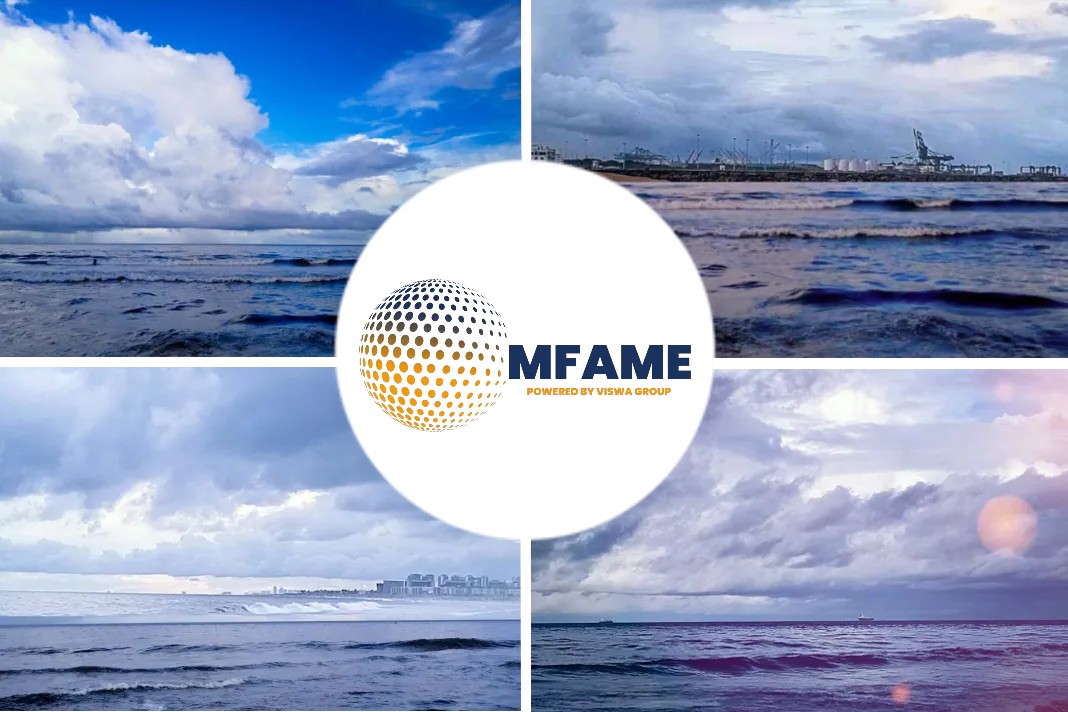- DNV GL published its annual Energy Transition Outlook, providing a long-term forecast for global energy production and consumption, and including a dedicated report describing its Maritime Forecast to 2050.
- This is the first forecast from a major classification society explicitly to evaluate ammonia as a maritime fuel.
Class society DNV GL’s maritime outlook report on puts liquified natural gas (LNG) and ammonia at the front in the race to decarbonise shipping, reports Ship & Bunker.
Meeting the IMO’s GHG reduction targets
One of the report’s key findings states that new fuels “will play a key role“ in meeting International Maritime Organisation (IMO) greenhouse gas emission goals.
LNG stands predominant within the portfolio of fuels competing for fuel oil’s crown. “LNG is available globally and in large volumes, ” the report said.
But bunkering infrastructure is limited. “[This] must expand before widespread uptake of LNG as ship fuel can take place.“
Cut throat costs of LNG
The report also noted that “the price of LNG fuel can be competitive… a global market similar to fuel oils and distillates is still not in place.“
Nevertheless, the report’s “modelled pathways” show “there is a prevalent use of liquefied methane (40%-80% of the 2050 fuel mix)“.
Ammonia as promising carbon-neutral fuel
Ammonia would come to the fore “as the most promising carbon-neutral fuel option for newbuildings“. In addition, it is competitively priced compared to other fuel alternatives.
“The preference for ammonia is due to the lower cost of the converter, storage and the fuel itself compared with H2O and liquefied biogas synthetic methane,” according to the report.
Did you subscribe to our daily newsletter?
It’s Free! Click here to Subscribe!
Source: Ship & Bunker

























